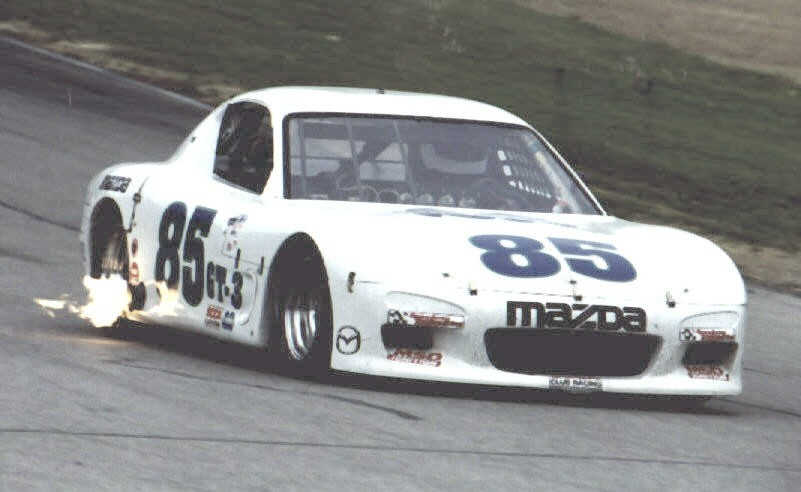|
|
In a message dated 12/18/2002 6:43:56 PM US Eastern Standard Time,
marv@lancaironline.net writes:
> Makes sense, Lynn, and accounts for the change in characteristics. I must
> admit that I am slow in understanding your system. Does the first filler
cap
> near the pump have any pressure relief? What is a "Stant lever" cap?
> Pressure relief?
> Can you tell me one more time why this arrangement is an improvement over
> the single over flow bottle arrangement? Sorry for being a dunce on this.
> Peter
>
The conventional auto system has the relief cap on the radiator. The system
is in hydraulic lock when the radiator is full. When the engine heats the
water enough to make it expand, the pressure cap holds on until the rated
pressure is reached and then begins dumping water to the overflow tank. The
coolant pressure remains at cap pressure while the engine is operating. This
system is cheap, and it works fine. When the engine cools down after use, the
pressure inside the system drops below one bar, and ambient air pressure
drives the displaced catch tank water back through the one way valve in the
pressure cap into the coolant system.
The problem is that the rotary has the water pump mounted high on the block.
The rotary is easy to damage with a small amount of air trapped in the
coolant system. If large enough slug of air gets to the pump, it stops
pumping. Very bad news. The piston engine systems have the pumps well
submerged and this is just not a big problem. But for a rotary it is, and
that is what Mazda was thinking when they moved the pressure cap to the
recovery tank. As the engine heats up, the coolant expands and compresses the
air in the recovery bottle until it reaches the pressure cap design limit,
then the pressure cap only vents a bit of air. Any air that gets into the
recovery hose while the engine is heating up is carried to the bottom of the
bottle and pops to the top of the coolant. When the engine cools at shutdown
or power settings are lowered, the system recovers only coolant. So this
system can remove air bubbles and recover coolant while the engine is in use.
For the race car I have added a swirl pot to speed the removal of air
pockets. The swirl pot (an old propane cylinder) has a cap to add coolant and
form a seal but no radiator pressure cap. The Stant lever cap is only on the
RX-2 recovery bottle.
Stant, is a brand name. The lever is to release pressure without the danger
of removing the cap. I have installed a shrader valve in the recovery bottle,
and charge the system to full pressure before starting the engine. My system
holds pressure for weeks between races. This is a better system for me
because I have the system open more often than would be the case for an
aircraft. The second bottle is required by the Sports Car Club of America to
keep coolant off of the track, and has no function in a rotary installation.
Lynn E. Hanover

JessiesRacer_WEB.jpg
|
|